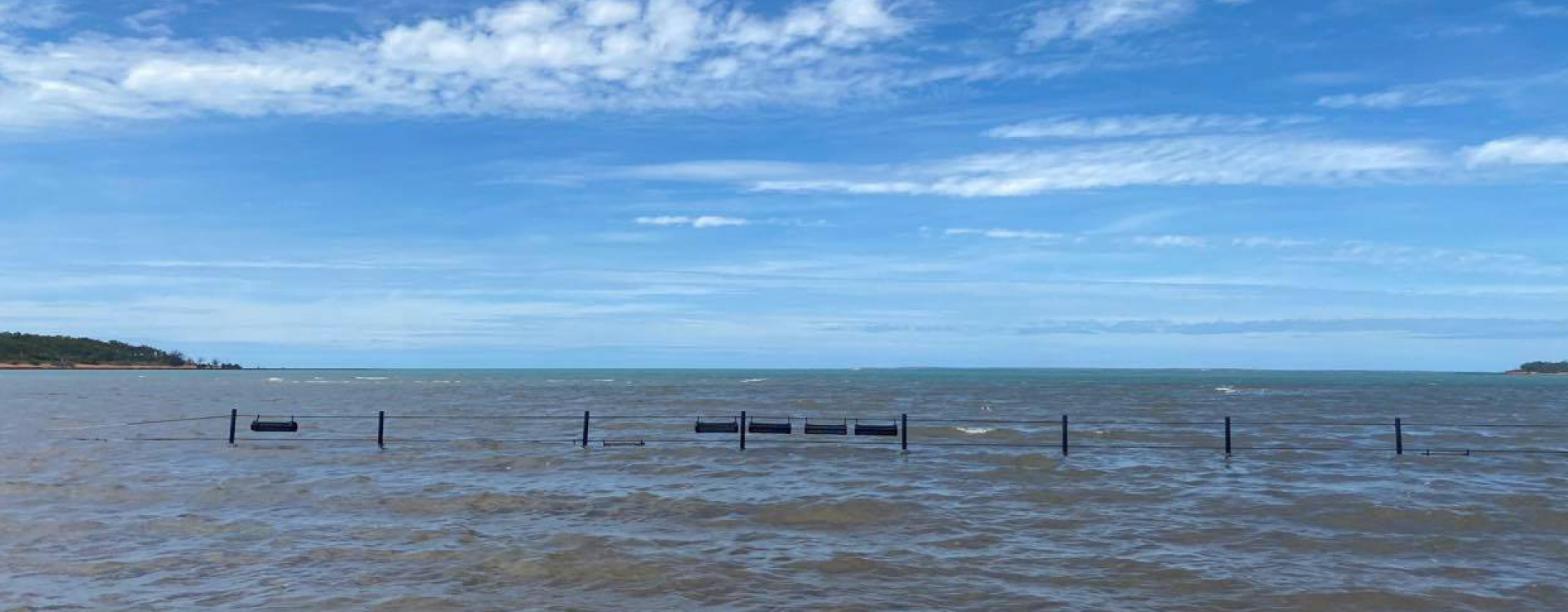
The cobia is perfect for fish farms
A fish that few people have heard of will be the lifeblood of an aquaculture project on Groote Eylandt.
The cobia is perfect for fish farms.
It commands a reasonably high price, not only because of its firm texture and tasty flavor but also because it is usually solitary and, therefore, difficult to catch commercially.
They also grow quickly and to a good size.
Most cobia farms are in China, Taiwan and Vietnam.
The Groote aquaculture project will also raise other high-end seafood, such as trepang and oysters.
Trepang is highly valued in China.
Tony Wurramarrba, chair of the Anindilyakwa Land Council, went to a trepang farming factory in China and was surprised at the small size of the sea cucumbers.
“They were only this big,” he says, using his finger to demonstrate a few centimetres.
“Trepang in our waters at home are this big” – and he uses his hands to demonstrate about 20 centimetres. Makassans traded trepang with Indigenous people for hundreds of years until the business was halted by the Australian Government early last century.
